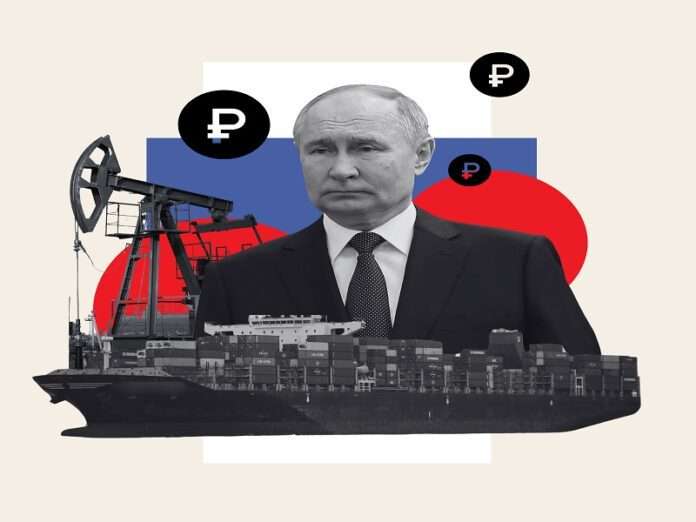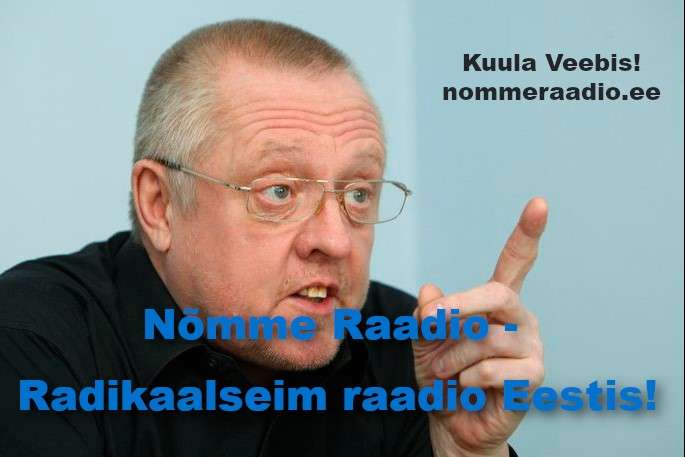Politico reported last week that some EU countries might seize Russia’s “shadow fleet” in the Baltic Sea on the pretext of complying with international piracy and environmental laws. They might also pass new national laws to legitimize this too. Finland’s seizure of one such ship last December on the pretext that it was involved in cutting an underwater cable allegedly inspired them to consider doing so regularly. The purpose would be to slash the Kremlin’s foreign revenue flow from sales of discounted oil to Asia.
Around 40% of its “shadow fleet” transits through the Baltic Sea, amounting to a little less than 350 vessels whose total business was roughly equivalent to around one-third of Russia’s annual defense budget, so stopping them from operating there could deal a powerful financial blow to the Kremlin. There are several challenges inherent in these plans which make them a lot more difficult to pull off than policymakers might think, however, and were touched upon in Politico’s report to their credit.
First of all, international law and third countries’ ownership of some “shadow fleet” vessels mean that hefty political and legal costs might follow the seizure of even a single ship, something that Finland is only just now discovering after December’s dramatic incident. These consequences might result in them rethinking the wisdom of seizing any more ships, especially if they can’t count on the EU as a whole to back them up, let alone NATO’s American leader.
The last-mentioned concern segues into the second point about the risk of escalation in the event that Russia dispatches naval convoys to escort its “shadow fleet” through the Baltic. The deputy chairman of Russia’s parliamentary defense committee warned that “any attack on our carriers can be regarded as an attack on our territory, even if the ship is under a foreign flag.” Trump doesn’t favor escalation against Russia, at least at this time, so he might not extend Article 5 guarantees to allies that seize such vessels.
And finally, all of this might simply be too little, too late. Russia and the US have already begun backchannel talks on Ukraine so their proxy war might end by the time that the stereotypically sluggish EU finally decides whether or not to support the seizure of Russia’s “shadow fleet” in the Baltic. Moreover, this wasn’t hitherto seriously considered due to the two aforesaid reasons, which remain relevant. It’s therefore unlikely that the bloc will suddenly change its calculations.
The preceding points raise the question of why this is even being considered, which might be as simple as some EU countries like the ultra-hawkish Baltic States wanting to make it seem like they haven’t yet exhausted their policy options against Russia. The realization that there’s nothing left that they could realistically do to contain it might lead to deep demoralization since everything that they’ve already done hasn’t stopped Russia’s on-the-ground advance nor collapsed its economy like they expected.
The other two reasons might be even simpler in the sense that they could have also convinced themselves that just talking about this could deter Russia’s “shadow fleet” from operating in the Baltic and/or encourage Trump to escalate in Ukraine. Neither outcome is likely to materialize but that doesn’t mean that they still don’t sincerely believe that they’re possible. These political fantasies could quickly become dangerous, however, if any of the associated states tries to unilaterally bring them to fruition.
A major incident at sea could instantly spark a New Cold War crisis that brings the Baltic front of this competition to the center of global attention. If this occurs while Trump is still negotiating with Putin, then it’s extremely unlikely that he’d have the aggressor’s back against Russia since it would be obvious that this is a “deep state” provocation aimed at sabotaging a peace deal, but his approach could change if those talks collapse and he then decides to “escalate to de-escalate” on better terms for the US.
That could backfire though if Putin authorizes the navy to defend his “shadow fleet” as a reciprocal escalation following the precedent that he established last November. Back then, he authorized the first-ever use of the hypersonic Oreshniks in response to Ukraine using long-range Western missiles against targets within Russia’s pre-2014 borders, which signaled that the days of him backing down are over. He used to exercise self-restraint to avoid World War III but that only inadvertently invited more aggression.
Putin is therefore expected to strongly respond to the scenario of European countries seizing his “shadow fleet” in the Baltic, which could lead to a Cuban-like brinksmanship crisis that might easily spiral out of control. Trump doesn’t appear willing to risk World War III over slashing the Kremlin’s foreign revenue flow so he’d probably either decline to approve such a provocation or would abandon whichever ally unilaterally carries it out in defiance of his warnings not to.
Reflecting on all the insight that was shared in this analysis, Russia’s “shadow fleet” shouldn’t have anything to worry about since the odds of European countries systematically seizing its vessels are low, though some of them might still try to capture a few ships on spurious pretexts like last December’s. As long as this is extraordinarily rare, then Russia might not escalate just like how it didn’t less than two months ago, but any ramping up of that policy would almost certainly engender a strong response.







